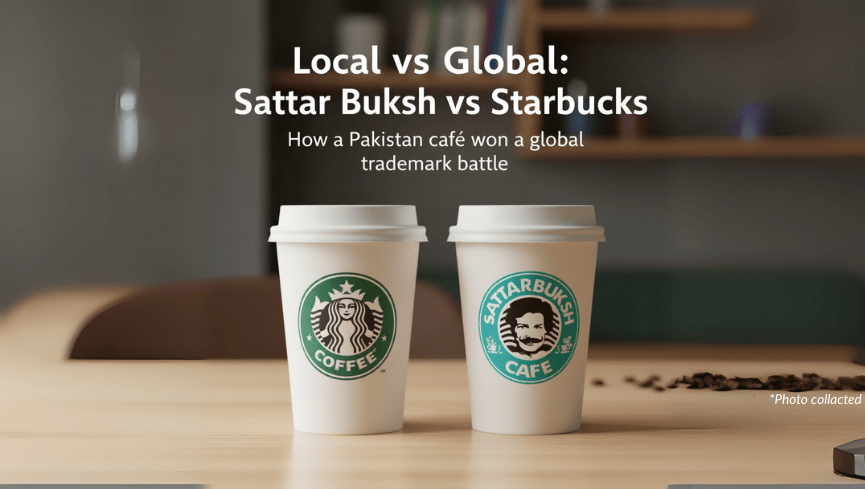A few days ago I came across a headline that instantly caught my eye as a marketing student: “Pakistani café Sattar Buksh wins trademark battle against Starbucks.”
Yes, you read that right. A small, witty café from Karachi just defeated one of the world’s most powerful coffee chains in court. And it wasn’t an accidental win—it was a carefully argued case that blended creativity, culture, and law.
What Happened
Starbucks claimed that Sattar Buksh—a Pakistani café with a green logo and a name that sounds somewhat similar—was infringing on its trademark. After years of legal back-and-forth, the Intellectual Property Tribunal of Pakistan ruled in favor of Sattar Buksh.
According to Dawn and The Business Standard, the judges noted that the café’s name has local cultural roots: “Sattar” is a common Pakistani name and “Buksh” means “gifted” in Urdu. The café had also added clear disclaimers saying they were not related to Starbucks. Their logo, though green and circular, features a moustached man rather than a mermaid. All these details convinced the court that Sattar Buksh is inspired, not imitating.
Why This Interests Me as a Bangladeshi Marketer
Back home in Bangladesh, I see copycat branding everywhere. You’ll find an original KFC outlet on one street and, just a few blocks away, a food cart called KFC – Kashem Food Court or Khai Fried Chicken, painted in the same red-white palette.
It doesn’t stop with food. Our legendary shoe company Bata has endless look-alike cousins—Bala, Bota, even “Batta”—often using fonts so close that someone in a village market could easily mistake them for the real thing.
Most of these small businesses hope that borrowed fame will pull in customers. But from a brand-building perspective, it’s a shortcut that rarely lasts. Consumers eventually figure out the difference, and such businesses struggle to earn loyalty.
What Sattar Buksh Did Differently
Here’s the marketing insight: Sattar Buksh never pretended to be Starbucks.
Instead, they used parody and cultural storytelling to stand out. That’s classic differentiation strategy—one of Michael Porter’s well-known generic strategies.
Authenticity: Their brand narrative is rooted in Karachi’s humor and chai culture.
Positioning: They turned “similar name, different story” into a conversation starter.
Legal clarity: They proved that the average consumer would not confuse the two brands if context is considered.
This also matches brand equity theory (Aaker, 1991): strong brands build meaning beyond logos and colors. Sattar Buksh built meaning, while many Bangladeshi copycats rely only on looks.
Extra Insights from the TBS Explainer
Sattar Buksh’s founders have advertising backgrounds and intentionally created a tongue-in-cheek brand.
Their menu names and interior design mix desi humor and Western café culture, signaling creativity, not deception.
The deliberate small design changes and visible disclaimers likely strengthened their legal position.
My Takeaway
As a marketer, I find this case inspiring. It shows that local culture can protect and even empower a brand—legally and strategically.
Instead of copying global giants, small businesses in Bangladesh (and everywhere) could create playful, original brands that reflect local identity. That’s how you earn both customer love and legal safety.
So next time you think of starting a café or clothing line, ask yourself:
Do I want to be a cheap look-alike, or do I want to be the next Sattar Buksh?
Sources
Dawn. Pakistani café Sattar Buksh wins trademark battle against Starbucks. September 12, 2025.
The Business Standard. What is ‘Sattar Buksh’, the Pakistani café that took on Starbucks—and won. September 15, 2025.
Aaker, D. A. Managing Brand Equity. Free Press, 1991.
Porter, M. E. Competitive Strategy. Free Press, 1980.


